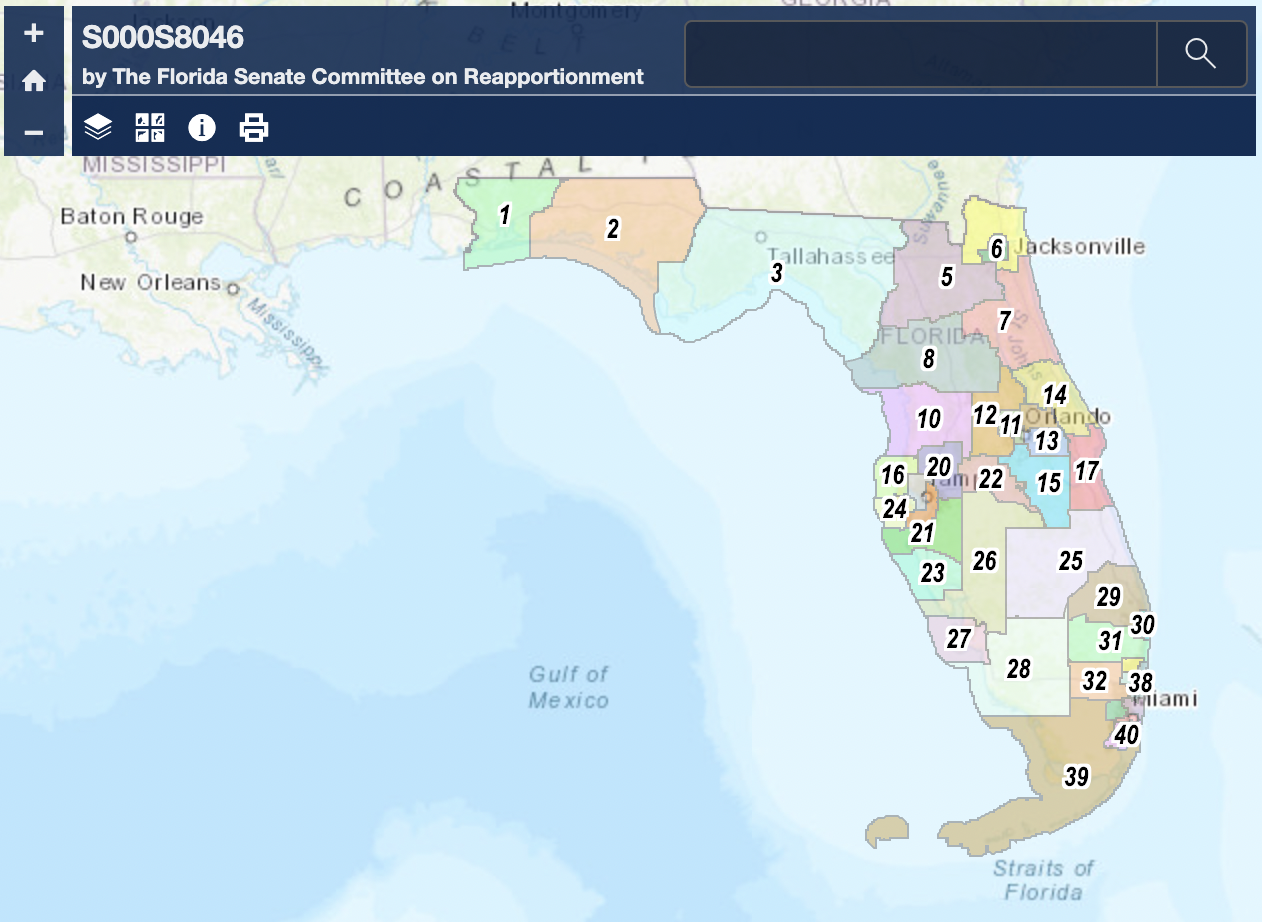
Sen. Ray Rodrigues expects amendments to be filed on the maps he chose for consideration by the Senate Reapportionment Committee. One of those will be his own.
“I do intend to file my own amendment to the map,” Rodrigues told Florida Politics early Wednesday.
Rodrigues followed up on his word and filed his own Senate map (S 8056), which offers slight changes to a staff-generated draft map (S 8046).
Why file an amendment? It goes back to the congressional and Senate maps drawn by the Legislature a decade ago getting tossed by the courts mid-decade. As Rodrigues noted, the state House map at that time survived judicial scrutiny.
“Our goal as the Senate has been to emulate the House process that the court blessed in their apportionment decisions,” Rodrigues said.
Last go-around, the House released draft maps regularly, while the Senate did not. And efforts were made to constantly improve the process based on criteria laid forth in the federal Voting Rights Act and Florida’s Fair Districts Amendment.
The House last year amended its final map to try and accommodate city limits as much as possible. That’s another important step the Senate did not do.
Rodrigues noted the Senate thus far has prioritized keeping counties whole and following geographic features to draw lines.
“We chose those two criteria over municipal boundaries as the foundation because counties are contiguous, which allows us to be compliant with Tier 1 criteria,” he said, referencing the top-level legal guidelines the process must follow. “County boundaries and geographic boundaries like rivers, roads and interstates don’t move. City boundaries are constantly changing, and they’re not contiguous.
“But then once we’ve done that, we then went back recognizing municipalities are co-equal Tier 2 criteria, and have looked at where we can make more municipalities whole.”
If anything, this should be easier than the amendments filed to clean up House maps, simply because the cartography drafting 120 districts split more cities than the current Senate and congressional plans.
Rodrigues thus plans to file amendments to both congressional draft map S 8040 and to Senate draft map S 8046, aiming to do one last sweep to make as many cities whole as possible.
You can see that with the treatment of Titusville, which in Rodrigues’ map is included fully in Senate District 14 but which in the staff draft sees its southernmost areas drawn into Senate District 17.
To date, the only amendment filed to Rodrigues’ two redistricting bills (SB 100 and SB 102) remain those the Senator filed on Tuesday, attaching draft Senate and congressional maps to legislation. He hasn’t seen any plans for potential amendments besides his own before the Thursday meeting of the full Senate Reapportionment Committee.
“That doesn’t mean they are not coming,” he said.
Rodrigues hopes his select committee on Thursday closes in on a map he can bring to the Senate floor and wants to see it pass as early as next week.
But that begs the question, is the House moving fast enough? The Senate published 25 draft maps in the time the House has taken to release four. For the congressional map, the two chambers will need to come to an agreement. Does the lower chamber need to pick up the pace?
Rodrigues wouldn’t level such an assessment.
“I trust the leadership of the House and the leadership of the redistricting committee in the House,” he said. “I’m sure that they’re going to get their maps done as quickly as possible.”



